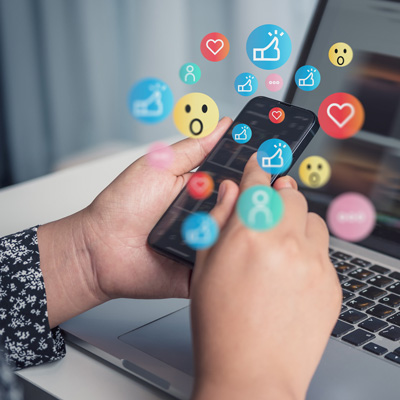

Forbes recently reported that Generation Z workers (born between 1997 and 2012) will make up 27 percent of the workforce by 2025. That is up from 6 percent in 2020, according to Purdue Global. Concurrently, Generation Y, often referred to as Millennials, will continue to comprise over one-in-three workers. In the sections that follow, we’ll showcase the reasons for modernizing your learning platforms to resonate with Gen Y and Z, while also highlighting the additional organizational benefits that this transformation can bring.
- Aligning with Technology Generation Y and Z learners are digital natives; ensure your content is accessible on smartphones, tablets, and laptops to meet their needs so they can access educational materials anytime and anywhere. This flexibility aligns with the on-the-go lifestyle of Generation Y and Z.
- Sensory Engagement for Enhanced Learning Boost engagement and learning outcomes by modernizing your content with visually appealing elements which hold attention to enhance learning outcomes. Diversify content delivery with audio, video, augmented reality (AR), virtual reality (VR), chatbots, gaming options and more to cater to the preferences of your learners.
- Interactive Learning Experiences Enhance effectiveness through interactive elements like clickable tabs/accordions/hotspots, simulations, multimedia, and quizzes/knowledge checks.
- Personalized Learning Leverage technology to offer personalized learning experiences that allow learners to progress at their own pace and focus on specific improvement areas.

- Social Learning Communities Facilitate peer learning through discussion forums and collaborative projects, aligning with Gen Y and Z’s familiarity with online communities.
- Analytics and Feedback for Progress Utilize technology-enabled content to provide data analytics and feedback on learners’ progress.
- Sustainability Promote sustainability by reducing paper-based materials.
- Adaptation to Change Digitizing learning assets ensures instructional content can be easily updated to accommodate evolving information and technology trends.
In the ever-evolving workforce landscape, meeting the learning needs of Generation Y and Z is not a choice but a necessity. This entails aligning with technology, ensuring accessibility, creating attention-grabbing elements, fostering interactivity and personalization, nurturing social learning communities, leveraging analytics, demonstrating environmental consciousness, and accommodating change in our fast-paced world. By implementing these strategies, organizations can create an inclusive and dynamic learning environment that meets the needs of today’s learners and empowers them to thrive and lead in an ever-changing global landscape.

Posted by Dave Marino,
09/27/2023
RECENT POSTS


Pulsed eLearning: A Solution for Effective, Efficient Learning
